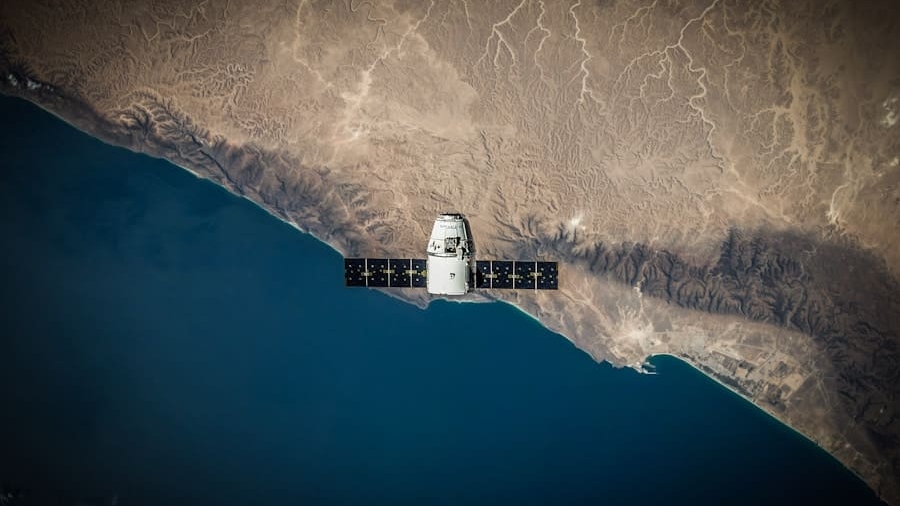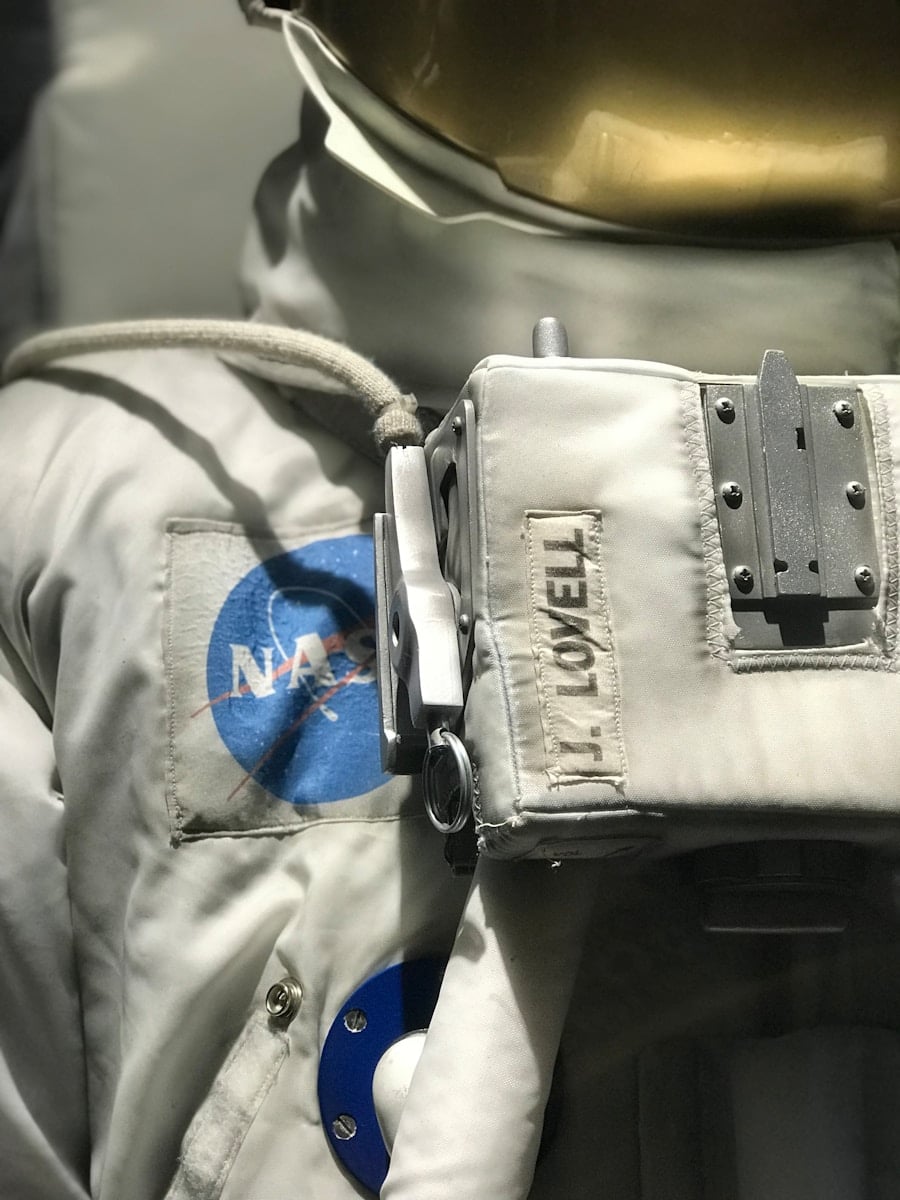The advent of space exploration has ushered in an era where real-time data transmission from missions is not just a possibility but a necessity. As spacecraft traverse the vastness of space, they collect an immense array of data that can provide insights into planetary atmospheres, surface conditions, and even the potential for extraterrestrial life. This data is transmitted back to Earth, often in real-time, allowing scientists and engineers to make informed decisions about mission trajectories, instrument calibrations, and even emergency responses.
The ability to receive and analyze this data instantaneously has transformed how we understand our universe, enabling a more dynamic interaction with the cosmos. Real-time data from space missions encompasses a wide range of information types, including telemetry data, scientific measurements, and imaging data. Telemetry data provides critical information about the spacecraft’s health and status, while scientific measurements can include everything from temperature readings on Mars to spectroscopic data from distant exoplanets.
The integration of these diverse data streams is essential for mission success, as it allows for immediate adjustments and optimizations based on current conditions and findings.
Key Takeaways
- Real-time data from space missions provides valuable insights into the universe and our planet
- Managing real-time data from space missions poses challenges such as data volume and processing speed
- AI plays a crucial role in processing and analyzing real-time data from space missions, enabling faster and more accurate insights
- AI applications in space mission data analysis include image recognition, anomaly detection, and predictive modeling
- Using AI in managing real-time data from space missions leads to improved decision-making, cost savings, and enhanced mission success
The Challenges of Managing Real-Time Data from Space Missions
Despite the remarkable advancements in technology that facilitate real-time data transmission, managing this influx of information presents significant challenges. One of the primary hurdles is the sheer volume of data generated by modern space missions. For instance, missions like NASA’s Mars Perseverance Rover generate terabytes of data daily, encompassing high-resolution images, environmental readings, and scientific analyses.
The challenge lies not only in the storage of this data but also in its effective transmission back to Earth, where it must be processed and analyzed. Another critical challenge is the latency associated with data transmission across vast distances. Signals sent from Mars take approximately 13 minutes to reach Earth, depending on the relative positions of the two planets.
This delay complicates real-time decision-making processes, as mission control cannot rely solely on immediate feedback from the spacecraft. Additionally, the potential for data loss or corruption during transmission poses another layer of complexity. Engineers must implement robust error-checking protocols and redundancy systems to ensure that the integrity of the data is maintained throughout its journey back to Earth.
The Role of AI in Processing Real-Time Data from Space Missions
Artificial Intelligence (AI) has emerged as a transformative force in the realm of real-time data processing for space missions. By leveraging machine learning algorithms and advanced computational techniques, AI can analyze vast datasets far more efficiently than traditional methods. This capability is particularly crucial given the exponential growth in data generated by modern spacecraft.
AI systems can sift through terabytes of information in a fraction of the time it would take human analysts, identifying patterns and anomalies that might otherwise go unnoticed. Moreover, AI can enhance the decision-making process by providing predictive analytics based on historical data and real-time inputs. For example, AI algorithms can forecast potential equipment failures or environmental hazards by analyzing telemetry data trends over time.
This predictive capability allows mission control teams to proactively address issues before they escalate into critical problems, thereby increasing mission safety and success rates. The integration of AI into real-time data processing not only streamlines operations but also empowers scientists to focus on higher-level analysis rather than getting bogged down in data management tasks.
AI Applications in Analyzing Real-Time Data from Space Missions
The applications of AI in analyzing real-time data from space missions are diverse and impactful. One prominent application is in image analysis, where AI algorithms are employed to process and interpret high-resolution images captured by spacecraft cameras. For instance, NASA’s Jet Propulsion Laboratory has utilized deep learning techniques to automatically identify geological features on Mars from images taken by the Perseverance Rover.
This automated analysis accelerates the pace at which scientists can interpret findings and make decisions about subsequent exploration activities. Another significant application is in anomaly detection within telemetry data. AI systems can be trained to recognize normal operational patterns and flag deviations that may indicate potential issues with spacecraft systems.
For example, during the Mars Curiosity Rover mission, machine learning models were developed to monitor sensor readings continuously. When unusual patterns were detected—such as unexpected temperature fluctuations—engineers were alerted to investigate further, potentially averting mission-threatening failures. This proactive approach to anomaly detection exemplifies how AI can enhance mission reliability and safety.
The Benefits of Using AI in Managing Real-Time Data from Space Missions
The integration of AI into the management of real-time data from space missions offers numerous benefits that extend beyond mere efficiency gains. One of the most significant advantages is the ability to enhance scientific discovery through improved data analysis capabilities. With AI’s ability to process large datasets quickly and accurately, researchers can uncover insights that would be difficult or impossible to achieve through manual analysis alone.
This acceleration in discovery can lead to groundbreaking findings about our solar system and beyond. Additionally, AI contributes to operational resilience by enabling adaptive responses to unforeseen challenges during missions. For example, if a spacecraft encounters an unexpected obstacle or environmental condition, AI systems can analyze real-time data to recommend alternative actions or adjustments to mission parameters.
This adaptability is crucial for long-duration missions where conditions can change rapidly and unpredictably. By leveraging AI’s analytical power, mission teams can maintain a higher level of operational flexibility, ultimately enhancing mission success rates.
The Future of AI in Space Mission Data Management
The Rise of Autonomous Decision-Making
Future missions are likely to incorporate even more sophisticated AI systems capable of autonomous decision-making based on real-time data analysis. For instance, upcoming lunar missions may utilize AI-driven rovers that can navigate complex terrains independently while conducting scientific experiments without direct human intervention.
Revolutionizing Data Processing with Quantum Computing
Advancements in quantum computing may further revolutionize how AI processes real-time data from space missions. Quantum algorithms have the potential to solve complex problems at unprecedented speeds, enabling even more rapid analysis of vast datasets generated by future missions.
Enhancing Space Exploration with AI Integration
As we venture deeper into space exploration—such as planned missions to Mars and beyond—the need for efficient and effective data management will only grow more critical. The future landscape will likely see a seamless integration of AI technologies that not only enhance our understanding of space but also redefine how we conduct exploration itself.
Ethical Considerations in AI-Managed Space Mission Data
As with any technological advancement, the integration of AI into space mission data management raises important ethical considerations that must be addressed proactively. One primary concern revolves around data privacy and ownership. As spacecraft collect vast amounts of information about celestial bodies and potentially even extraterrestrial life forms, questions arise regarding who owns this data and how it should be used.
Establishing clear guidelines for data sharing and usage will be essential to ensure that scientific discoveries benefit humanity as a whole rather than being monopolized by specific entities. Another ethical consideration involves the potential biases inherent in AI algorithms. If not carefully designed and monitored, AI systems may inadvertently perpetuate biases present in their training datasets or decision-making processes.
This could lead to skewed interpretations of scientific findings or mismanagement of mission resources based on flawed analyses. To mitigate these risks, it is crucial for researchers and engineers to prioritize transparency in AI development and implement rigorous testing protocols that account for potential biases.
The Impact of AI on Real-Time Data from Space Missions
The impact of artificial intelligence on real-time data management from space missions is profound and multifaceted. By enhancing our ability to process and analyze vast amounts of information quickly and accurately, AI has transformed how we conduct space exploration and scientific research. From improving operational efficiency to enabling groundbreaking discoveries about our universe, the benefits of integrating AI into space missions are undeniable.
As we look toward the future, it is clear that AI will play an increasingly central role in shaping our understanding of space and our approach to exploration. However, as we embrace these advancements, it is equally important to remain vigilant about the ethical implications they entail. By addressing these considerations thoughtfully and proactively, we can ensure that the integration of AI into space mission data management serves not only scientific progress but also the broader interests of humanity as we continue our journey into the cosmos.




